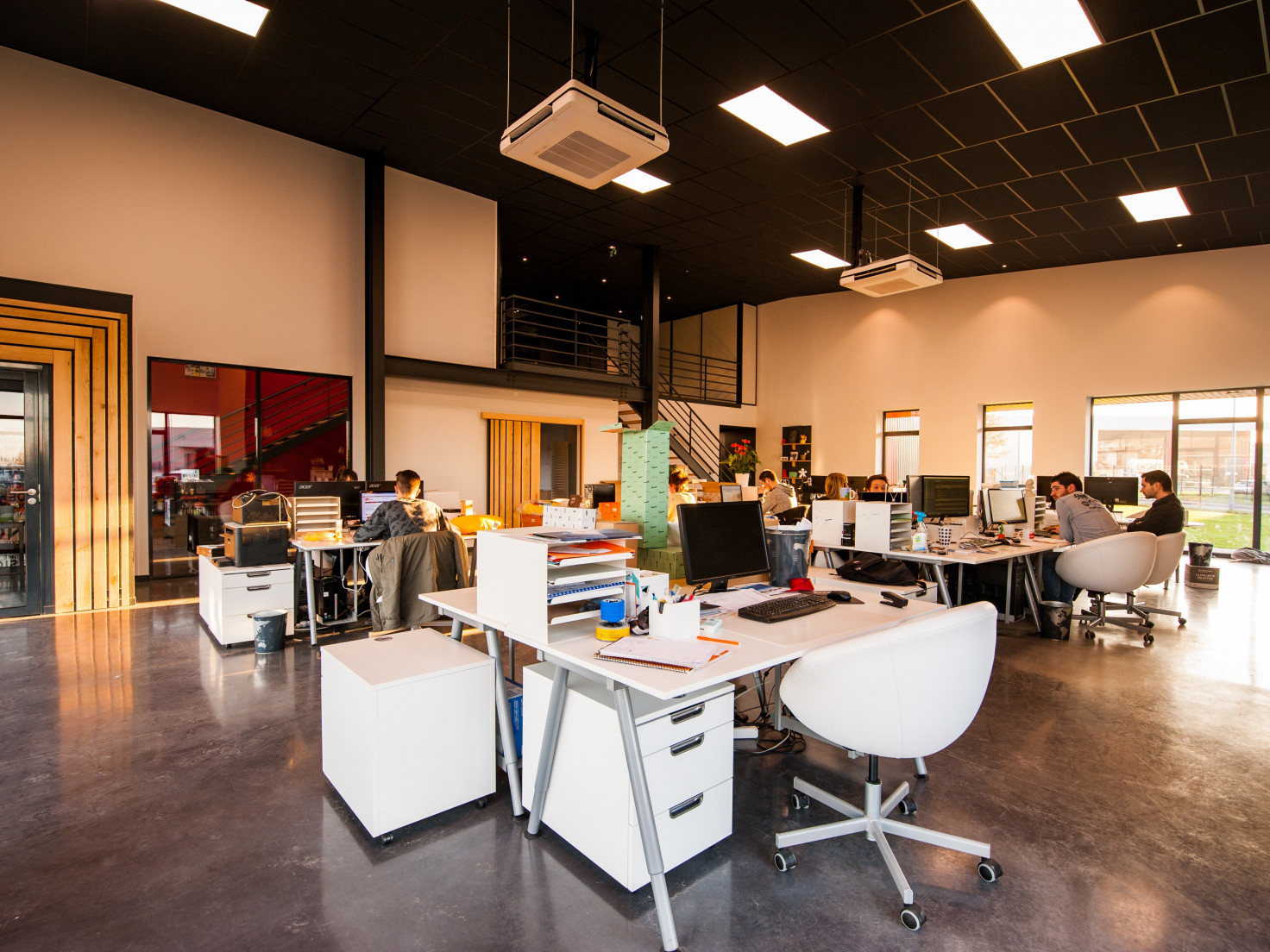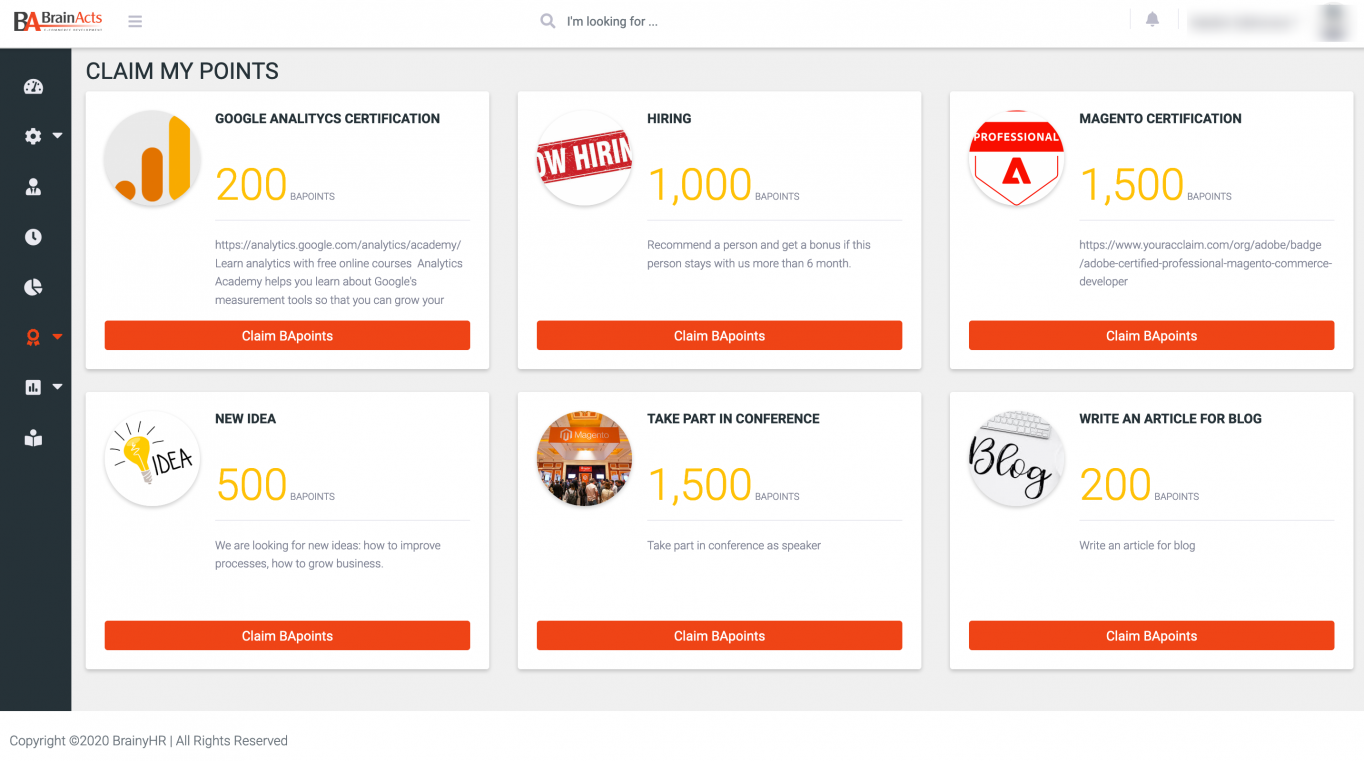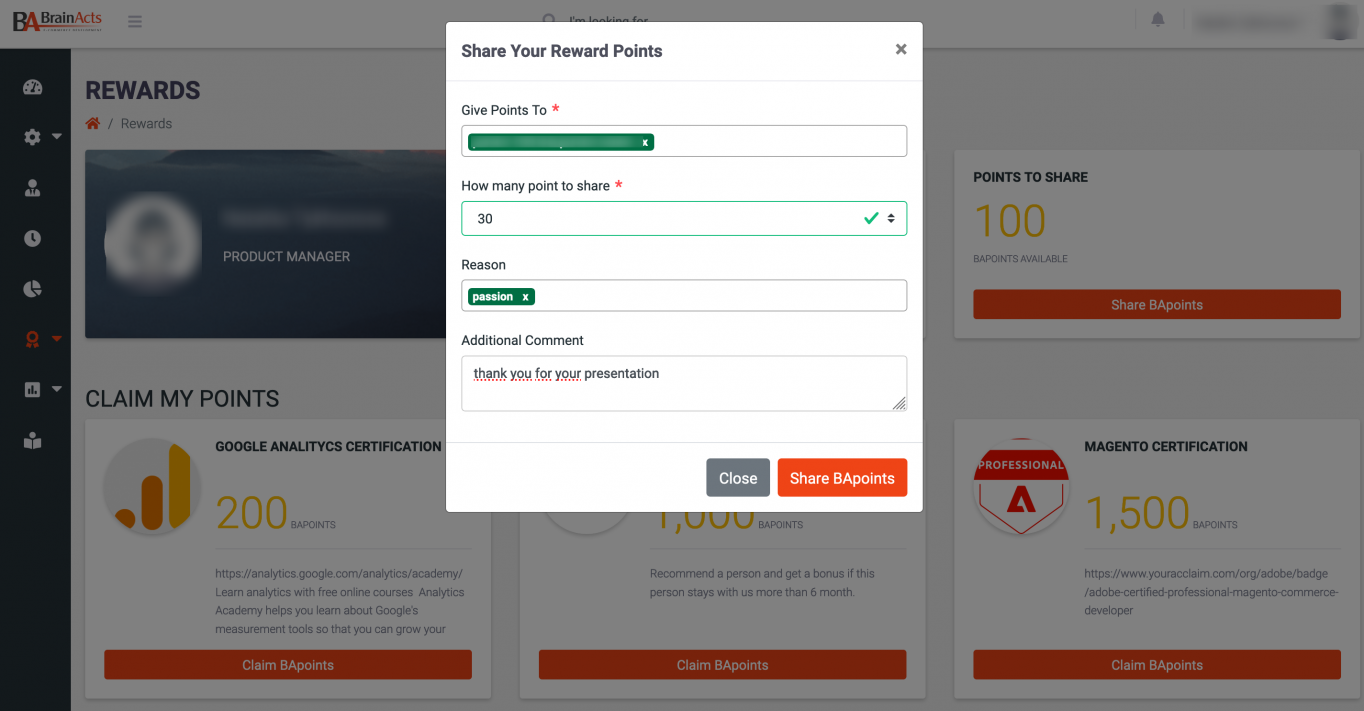How to make gamification of internal processes and why it’s important

In 2021, gamification hasn’t bypassed any area of business. Its followers can be found in IT companies, large corporations, banks, and even some government agencies.
In this article, Alexander Tikhonov, CEO of BrainActs Commerce, will share his experience with our readers and answer the most common questions:
- What problems does gamification solve?
- How to implement it in a company?
- How to use gamification to increase employee engagement and which rewards are more valuable for employees?
In early 2020, we decided to try to introduce gamification into our internal business processes. And in 10 months we can show the results.
For ourselves, we have chosen a system of bonuses and rewards, which allows us to turn boring and complex tasks into an interesting process. Using the game form, it is possible to achieve the necessary actions from employees, especially if they are not part of their direct responsibilities.
The problem we wanted to solve
It was necessary to increase the number and quality of customers, for this it was necessary to confirm the level of expertise - the number of certified developers in the company, to increase the level of customer satisfaction - the speed of processing requests, the quality of the modules, the quality of the proposed solutions.
When we faced new challenges in the form of COVID-19, it was necessary to learn to live in new realities and increase the level of employee engagement.
The solution we have implemented
We use the Brainy HR employee management platform, in particular the Rewards and Recognition module, which allows you to set up a system of rewards and rewards for certain actions.
We have developed a list of actions that are important to us as a company, and for each of them, we have assigned a reward in the form of points for completion.

As soon as the employee completed the task, the manager received a request to confirm the completion. If the conditions are met, the manager confirms the request, and the employee receives the coveted points and can exchange them.
Before the introduction of gamification, we presented the system to employees in order to explain the importance and reduce the level of resistance. After all, the resistance of employees is an inevitable companion of new processes.
We also conducted a survey to find out what award the guys are interested in. Not to us, but to the employees, because the reward should be valuable for them so that there is something to try for.
Of course, money is the undoubted leader of the survey, but it is bad practice to encourage absolutely all actions with money, because we may face the fact that from now on any request or task will be perceived with hostility if it is not supported financially.
However, the other options were:
- additional day off;
- book;
- course on Udemy;
- an additional week of vacation;
- payment for visiting any conference (profile and non-core).
After collecting all the answers, we compiled a list of awards and values in points and began to implement the project.
We use gamification in various fields.
Training

It is very important for us as developers of add-ons for Magento, to maintain the necessary level of knowledge of this e-commerce system and to constantly improve in this and other areas. One of the best ways to do this is by obtaining a Magento certification. The certification preparation process along with module work and customer support is a complete learning experience, which is why we encourage you to take the exam.
The exam is very difficult so with the bonuses received you can qualify for a good reward. The most popular requests were: + 10% to salary and 5 days of vacation.
But getting a certificate for taking a course in Google Analytics is important, but the exam is not so difficult and valuable for the company, so the reward is rather modest - 200 points that can be exchanged for either a book or an Udemy course.
Employee engagement
In March, we had to learn to live by the new rules, because COVID-19 made its own adjustments in all areas. There was an acute issue of team rallying and its involvement in the decision-making process. After all, feeling important to the company, employees perform even routine and uninteresting tasks more efficiently.
The emphasis on leveraging gamification to drive employee engagement is to transform the work environment into an engaging place to work, engaging in the process.

Every month, employees receive 100 bonuses that they cannot spend on gifts for themselves, but they can give to colleagues for any achievements: for helping with a project, like congratulations on passing the exam, for conducting mini-training within the team, advice, and so on. And who has already received these bonuses can safely dispose of them, exchanging them for a reward. The amount is not that great, but it increases every month and allows everyone to be involved in the game. After all, if you thank and encourage a colleague, then you will receive a bonus for teamwork.
When guys exchange bonuses, we see even small details that are important to them - non-working moments are also noted (getting a driver's license, getting a diploma, etc.), so we learn a little more about each.
At first, there were incidents when the team got too carried away and dropped all the bonuses in one day just like that, and when a way to celebrate a colleague's achievement appeared, there were no more bonuses. Now points are spent more wisely because everyone understands the value of the moment when reward and praise are especially important.
We deliberately moved away from the practice of introducing the title of "Best Employee", because it can create unhealthy competition in the team. In addition, some of the employees in our company are introverts who do not want special attention to their person.
Development and support
It is extremely important for us to keep our products at a high level, so we constantly monitor development trends, increase the level of testing and monitor the purity of the code. The response time to customer inquiries and the level of customer satisfaction are also important. Such moments are very difficult to measure, so we are still improving this process. We motivate you to participate in conferences, writing thematic articles is still our weak side, and next year we plan to raise the reward for this action.
Result
Thanks to the implementation of the gameplay, we:
- increased the number of Magento certifications from 4 to 14, that is, +10 certifications per year, some developers have passed up to 3 exams;
- received 3 new large clients thanks to the support service, because now they are interested not only in solving the problem but also in establishing good relations with the customer and offering an additional solution (this allowed us to increase revenue by 20%);
- received several new ideas, which we are working on.
What to read
If you want to try to implement gamification in your company's work, start by studying the world experience.
Books we recommend:
John Doerr, Measure the Most Important. How Google, Intel, and Others Are Driving Growth with OKRs
This book is not about motivation, not about gamification, but it is about how the combination of methods - setting goals, measuring results, and rewarding - leads companies to success.
Bob Nelson, 1001 ideas to reward and motivate employees
In this book, each company will find many options for employee rewards (both tangible and intangible) and will find answers to the question "Why is the reward so important?"
For gamification implementation to be successful, the solution must be well thought out. The rules of the game must be spelled out and absolutely transparent.
Gamification is not a magic pill that can instantly solve the problems of a particular business, but a properly configured process will help improve the atmosphere in the team, increase employee engagement and, as a result, improve business performance.
